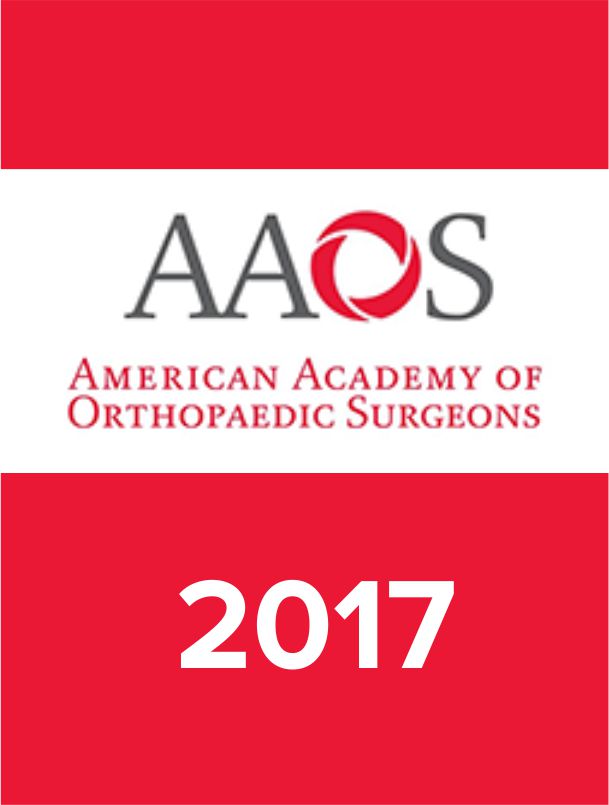
AAOS2017: Comparing function between 135- and 155-degree reverse shoulder prostheses

AAOS2017: Comparing function between 135- and 155-degree reverse shoulder prostheses
Can a Functional Difference Be Detected in Reverse Arthroplasty with 135° vs. 155° Prosthesis for the Treatment of Rotator Cuff Arthropathy: A Prospective Randomized Study
Did you know you're eligible to earn 0.5 CME credits for reading this report? Click Here
CONFERENCE ACE REPORTS
This ACE Report is a summary of a conference presentation or abstract. The information provided has limited the ability to provide an accurate assessment of the risk of bias or the overall quality. Please interpret the results with caution as trials may be in progress and select results may have been presented.
Synopsis
100 patients scheduled for reverse total shoulder arthroplasty were randomized to receive a prosthesis with either a 135-degree neck-shaft angle or a 155-degree neck-shaft angle. Patients were assessed for clinical scores and incidence of complications over 1 year postoperatively. Results demonstrated no significant differences in shoulder range of motion, patient-reported pain or function between...
To view the full content, login to your account,
or start your 30-day FREE Trial today.
FREE TRIAL
LOGIN
Forgot Password?
Explore some of our unlocked ACE Reports below!

Learn about our AI Driven
High Impact Search Feature
Our AI driven High Impact metric calculates the impact an article will have by considering both the publishing journal and the content of the article itself. Built using the latest advances in natural language processing, OE High Impact predicts an article’s future number of citations better than impact factor alone.
Continue



 LOGIN
LOGIN

Join the Conversation
Please Login or Join to leave comments.